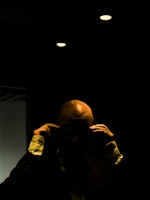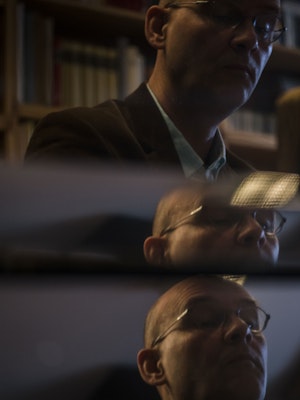Peter van Tour shows me the way into his office at the Norwegian Academy of Music. After having spent several years in Sweden, he moved to Oslo last autumn to take up a position as Associate Professor of Aural Training.
The piano is in place, shelves full of books and CDs are lined up neatly along the walls, and on his desk is the book he published earlier this year, “The 189 Partimenti of Nicola Sala”. Partimenti, a teaching method developed in the earliest music conservatories in Naples in the 1700s, is a relatively new field of research, and van Tours’ work is the first critical research study of the partimenti repertoire.
“Partimenti are instructional basso continuo lines, but the difference is that partimenti are not written as an accompaniment. They are solo pieces. In a partimento the instructor notates the lowest-sounding voice in a composition, while all the voices above it are suggested with numbers. The students try to imagine how the orchestra would have played above the bass voice. These are exercises in realising music.”
Van Tour leafs through the pages to one of Sala’s partimento exercises, and sits down at the piano.
“Here is a bass that sounds like this…”
The bass melody that is written on the page rings out into the room.
“Then we come back to the tonic key, and suddenly it becomes very boring. Not much is happening. As a partimento player, one becomes suspicious at this point. Maybe this actually belongs here, and this belongs there.”
He moves his fingers between the bar lines of the music.
“You take different bits and connect them. It’s a kind of musical sudoku. Of course, it’s only possible if you have learnt some patterns and tricks that you can use. Sometimes you get lost, but then you have the numbering to help you. Partimenti are a combination of memory, knowledge of the style and the ability to read the notation.”




